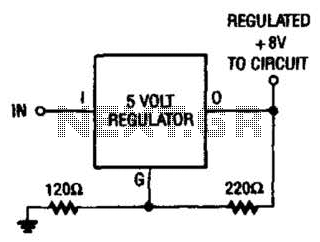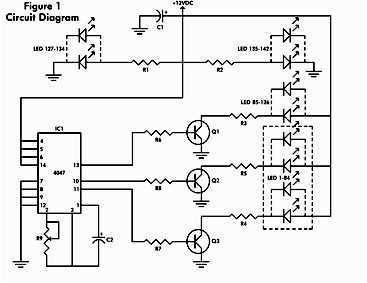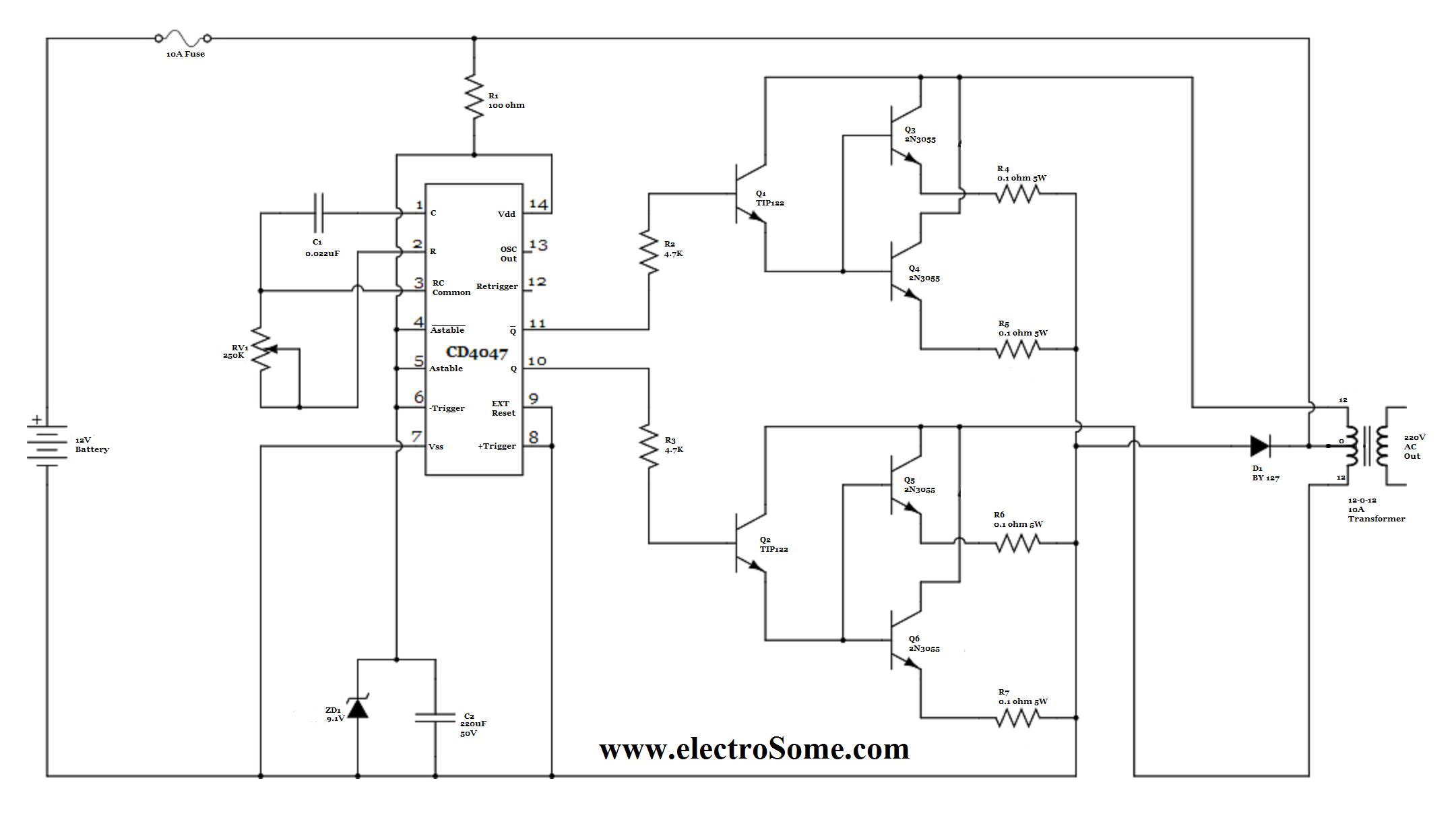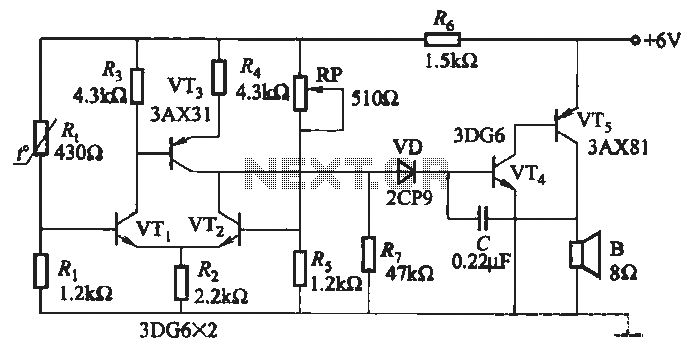
Stereo decoder circuit using MC1310P
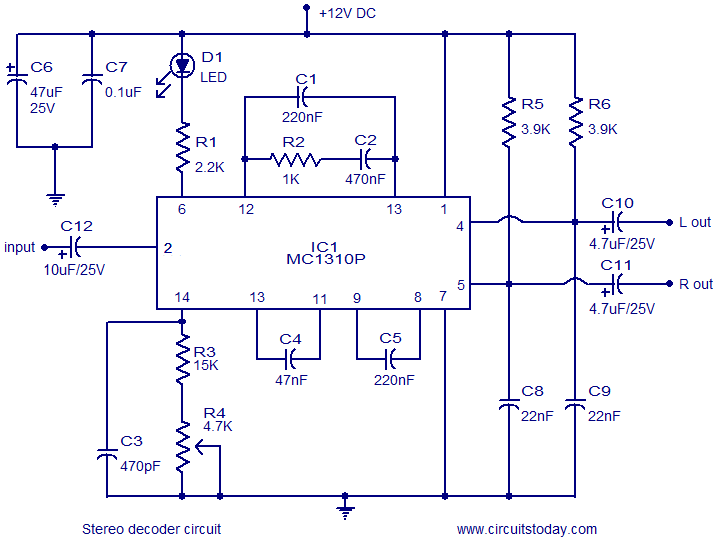
A simple FM stereo decoder circuit utilizing the MC1310P integrated circuit (IC). It operates at 12V and provides a channel separation of 40dB, making it suitable for stereo FM receivers.
The FM stereo decoder circuit based on the MC1310P IC is designed to demodulate FM stereo signals efficiently while ensuring high fidelity audio output. The MC1310P is a versatile and widely used IC that integrates various functions necessary for stereo FM demodulation, including the processing of multiplexed audio signals.
The circuit typically operates with a power supply of 12V, which is standard for many consumer electronics, ensuring compatibility with a wide range of FM receiver applications. The 40dB channel separation is a critical specification, as it indicates the ability of the circuit to distinguish between the left and right audio channels. This separation is essential for delivering a clear and immersive stereo sound experience.
In the implementation of this circuit, the MC1310P requires external components such as resistors, capacitors, and inductors to form the necessary filters and to set the appropriate operating parameters. The input stage usually involves an RF front-end that captures the FM signal from an antenna, which is then fed into the MC1310P for demodulation.
Output from the MC1310P can be directly connected to audio amplifiers or further processing stages, depending on the design requirements. The circuit's architecture allows for adjustments in gain and filtering to optimize audio quality and performance, making it adaptable for various applications in stereo FM receivers.
Overall, this simple FM stereo decoder circuit is an effective solution for converting FM signals into high-quality stereo audio, suitable for both hobbyist projects and commercial audio applications.Simple FM stereo decoder circuit using MC1310P IC. 12V operation, 40dB channel seperation. Suitable for stereo FM receivers.. 🔗 External reference
The FM stereo decoder circuit based on the MC1310P IC is designed to demodulate FM stereo signals efficiently while ensuring high fidelity audio output. The MC1310P is a versatile and widely used IC that integrates various functions necessary for stereo FM demodulation, including the processing of multiplexed audio signals.
The circuit typically operates with a power supply of 12V, which is standard for many consumer electronics, ensuring compatibility with a wide range of FM receiver applications. The 40dB channel separation is a critical specification, as it indicates the ability of the circuit to distinguish between the left and right audio channels. This separation is essential for delivering a clear and immersive stereo sound experience.
In the implementation of this circuit, the MC1310P requires external components such as resistors, capacitors, and inductors to form the necessary filters and to set the appropriate operating parameters. The input stage usually involves an RF front-end that captures the FM signal from an antenna, which is then fed into the MC1310P for demodulation.
Output from the MC1310P can be directly connected to audio amplifiers or further processing stages, depending on the design requirements. The circuit's architecture allows for adjustments in gain and filtering to optimize audio quality and performance, making it adaptable for various applications in stereo FM receivers.
Overall, this simple FM stereo decoder circuit is an effective solution for converting FM signals into high-quality stereo audio, suitable for both hobbyist projects and commercial audio applications.Simple FM stereo decoder circuit using MC1310P IC. 12V operation, 40dB channel seperation. Suitable for stereo FM receivers.. 🔗 External reference
